Ohrid is a city in the southwestern part of North Macedonia, along the shores of Lake Ohrid. This is one of the country’s main tourist resorts and with a population of around 39.000 inhabitants, it is the eighth largest city in North Macedonia. Ethnic Macedonians make up around 75% of the population, while there are minorities of Albanians and Turks. The people here today are inhabiting a city with a rich history. There are plenty of remains from the Roman time to discover and the city was for a period the capital of the First Bulgarian Empire in the Middle Ages.
Our Visit to Ohrid
We visited Ohrid during the summer vacation of 2023. As we spent several days in the city, we got to enjoy one of the gems of North Macedonia. You can read more about our visit in the posts below.
- Skopje, North Macedonia – Beginning of an Adventure
- Ohrid, North Macedonia – Exploring the Town on Foot
- Ohrid, North Macedonia – Sunshine at the Lake
- Ohrid, North Macedonia – Lake Excursion
- Ohrid, North Macedonia – Albania Excursion
- Skopje, North Macedonia – Returning from Ohrid









A Short History of Ohrid
The area around Lake Ohrid has been inhabited for thousands of years. The city of Ohrid was earlier known by the Greek name Λυχνίς (Lychnis), translated to Latin as Lychnidus. The city became the capital of the First Bulgarian Empire in the year 992. By now, the city had been known as Ohrid for more than a century.
The city remained the capital of the First Bulgarian Empire until the year 1015 when the capital was moved to Bitola. It was during the rule of the Bulgarian King Samuil that Samuel’s Fortress in Ohrid was made into a regional stronghold. The ruins still stand. The fortress probably replaced an earlier fortress dating back to the 4th century B.C.
After the move of the capital, it then only took a few years before the whole region became a part of the Byzantine Empire again in 1018. This was followed by several centuries where the city’s affiliations and ownership changed between the Albanians, the Bulgarians, the Byzantines, and the Serbs. It was not until the end of the 14th century that the Ottoman Empire conquered these lands and stayed, with only a short exception, up until the early 20th century. During the Ottoman period, a majority of the city’s population identified themselves as Bulgarian, but there were also many Turks and Albanians.
The Ottoman Empire lost control of this area in 1912 and the area would be a part of the Kingdom of Serbia and later Yugoslavia for most of the 20th century. The exception was during the First and Second World Wars when the city was a part of the Kingdom of Bulgaria. Ohrid later joined in the independence of North Macedonia in 1991.












Things to Do and See
Ohrid is a lakeside resort town and there is a lot of activity here during the summer months. We have, however, heard that many areas are comparable to a ghost town if you visit off-season. The view of the lake is almost impossible to get bored of. Sitting and enjoying a glass of wine with a view of Lake Ohrid is still a fond memory.
For someone looking for excursions, there is a lot to explore in the area. We have been told that hiking in the mountains of Galičica National Park is spectacular, while there are even more extreme sports such as paragliding from these cliffs. Lake excursions are mainly focused on day trips to Saint Naum, with a few stops en route. Saint Naum is with its spring and monastery an interesting option. Longer excursions are also available to the nearby Lake Prespa and across the border to Albania.
Varoš and Samuel’s Fortress
Varoš, or Varosh, is the old quarters of Ohrid. This is an area with a historical atmosphere. Walking along the narrow streets, or maybe climbing the hill? The neighborhood includes sights such as the Ancient Macedonian Theatre and churches such as the Church of Holy Mary Peryvleptos and the Church of Saint Sophia.
On top of the hill, you will find parts of the old city wall and the upper gate of the city. Here is also the impressive Samuel’s Fortress. The fortress is one of the city’s main sights and dates back to the 4th century BC. Climbing the walls of the fortress will offer an amazing view of the city, especially out over Lake Ohrid.
Kaneo
Kaneo is an area along the waterfront just below Samuel’s Fortress. Here you will find a popular beach, as well as a few restaurants. It is, however, the walk here that makes this a must-see. Known as The Bridge of Wishes, a narrow wooden walking bridge connects Kaneo Beach with the Old Town of Ohrid. The walk along the waterfront is probably one of the most picturesque in North Macedonia. Once you reach the point of the peninsula you will also arrive at the Church of St. John at Kaneo, a church dating back to around the 13th century.
Port of Ohrid
It is at the Port of Ohrid that the main commercial street in the city either begins or ends. The commercial streets around here have plenty of shops, cafés, and restaurants and it is in many ways the heart of the city. When it comes to the port it offers a good meeting point with its large square. This is also where you will find many of the tour agents, trying to sell different excursions, especially lake excursions. Either way, something is fascinating in seeing all these tour boats leaving the port in the morning.
Waterfront
The waterfront of Ohrid follows the shores to the east of the port. It is a beautiful walk and the narrow strip of trees separates it from the nearby buildings, protecting the peace from being disturbed by the city life. That city life, which is just a few meters away, includes many of the city’s hotels and other accommodations. The waterfront walk will take you to the Studenchishta Bridge, from where it is possible to continue even further along the shores of Lake Ohrid.

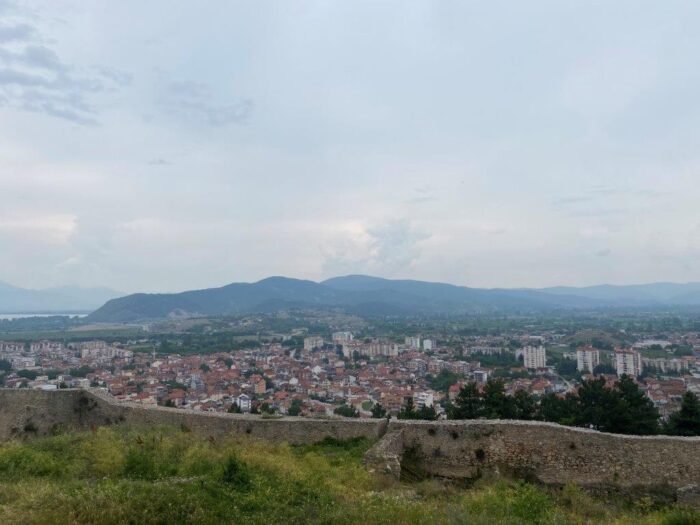






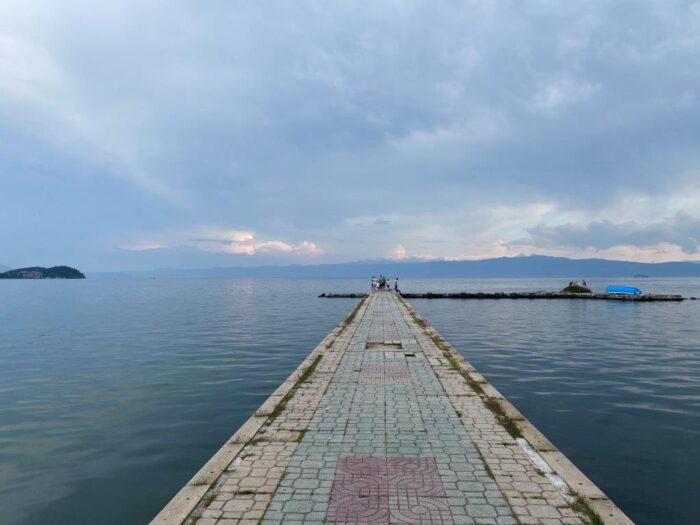


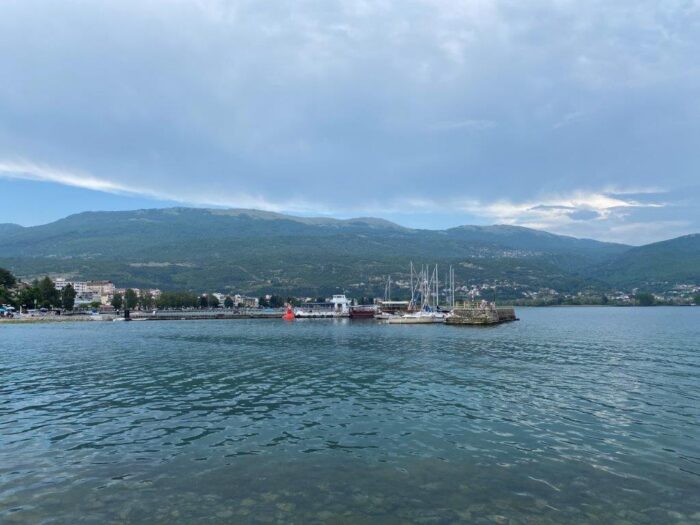






How to Get to Ohrid
- Flights: The closest major airport is Ohrid St. Paul the Apostle Airport (OHD), northwest of the city.
- Car: Ohrid lies in the southwestern part of North Macedonia with several larger roads connecting it with both the rest of the country but also to neighboring Albania. There is Road E-65, which to the north goes towards Skopje and to the east goes towards Bitola.
Looking to Explore more of North Macedonia and Europe?

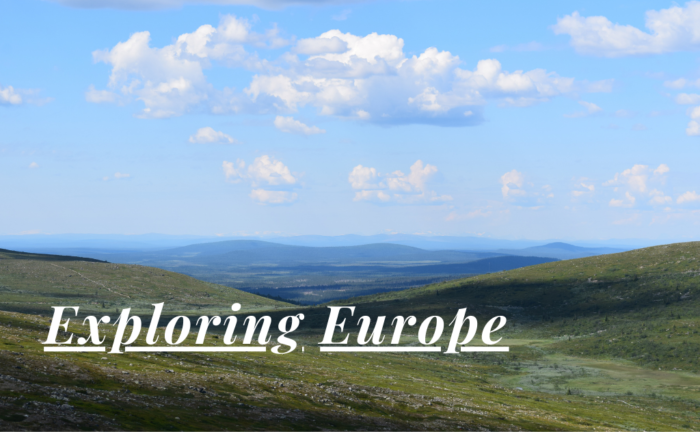
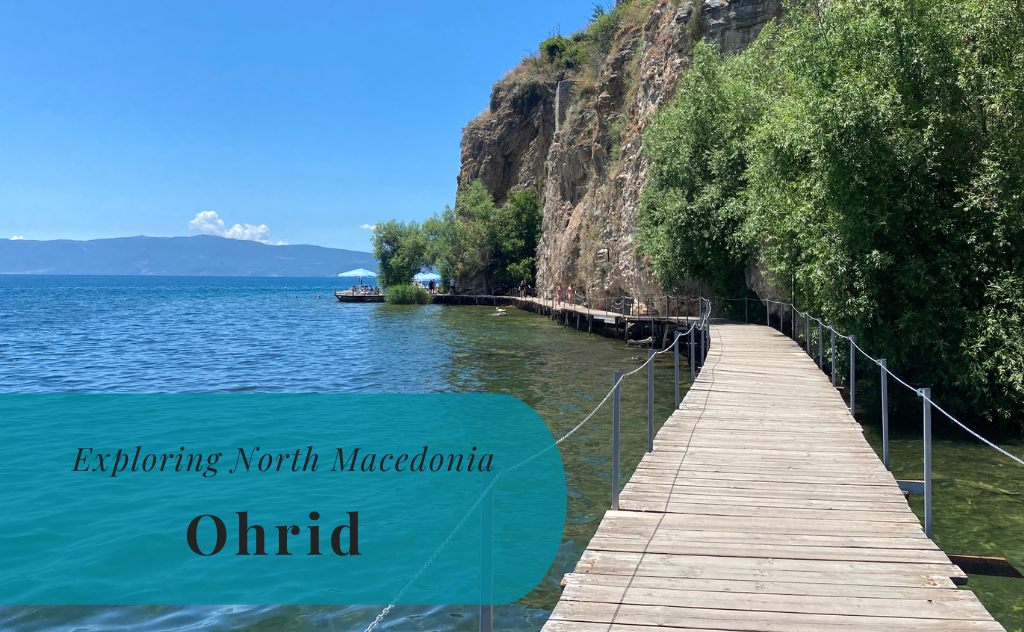



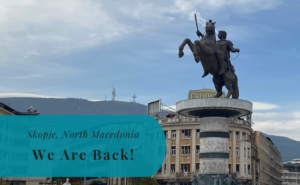

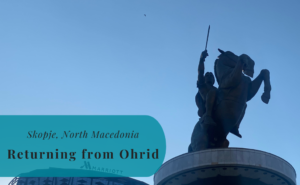
Ohrid is probably my favourite place ever – I had a holiday here before we moved to New Zealand and just loved it. Thanks for the post!